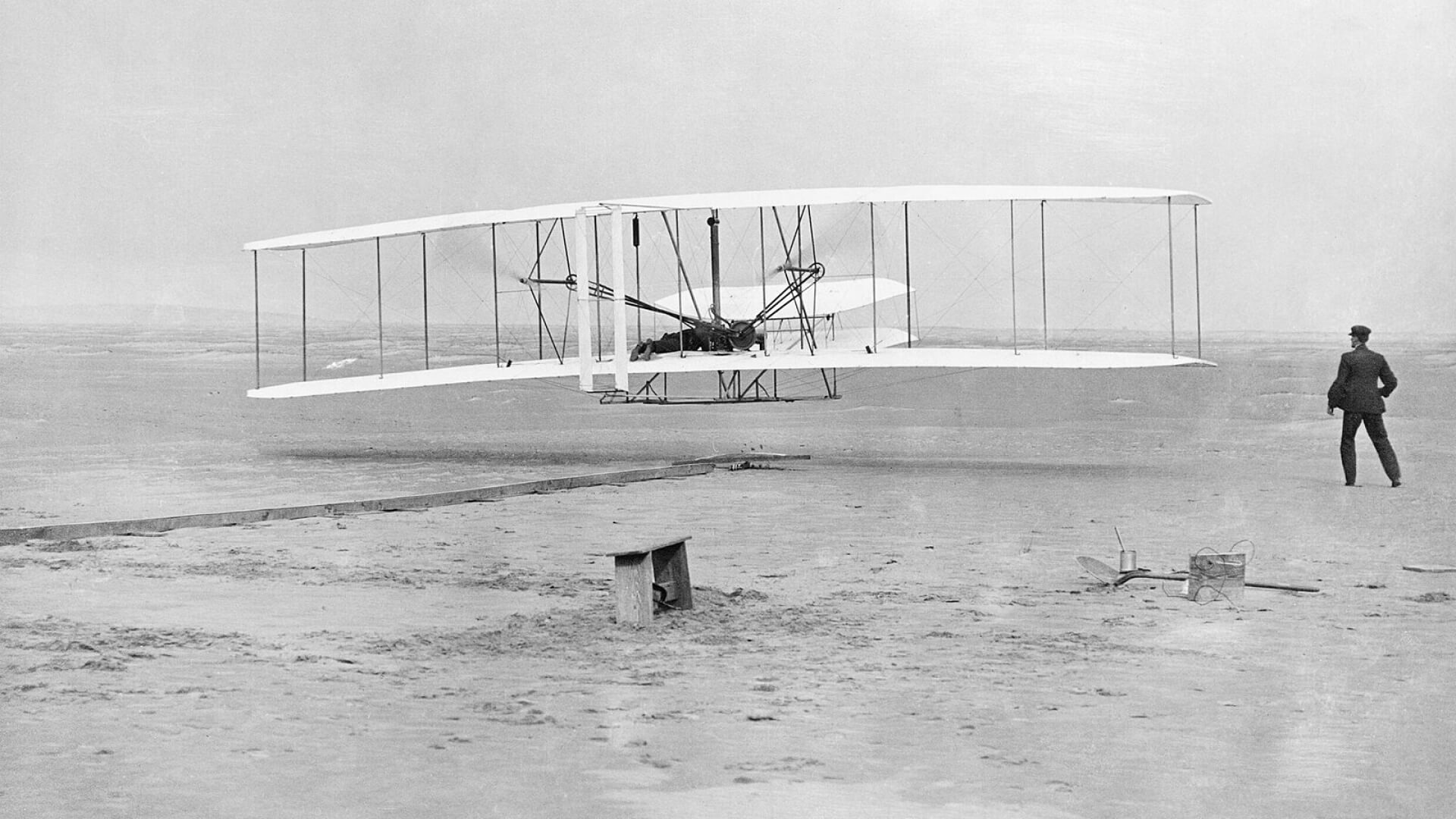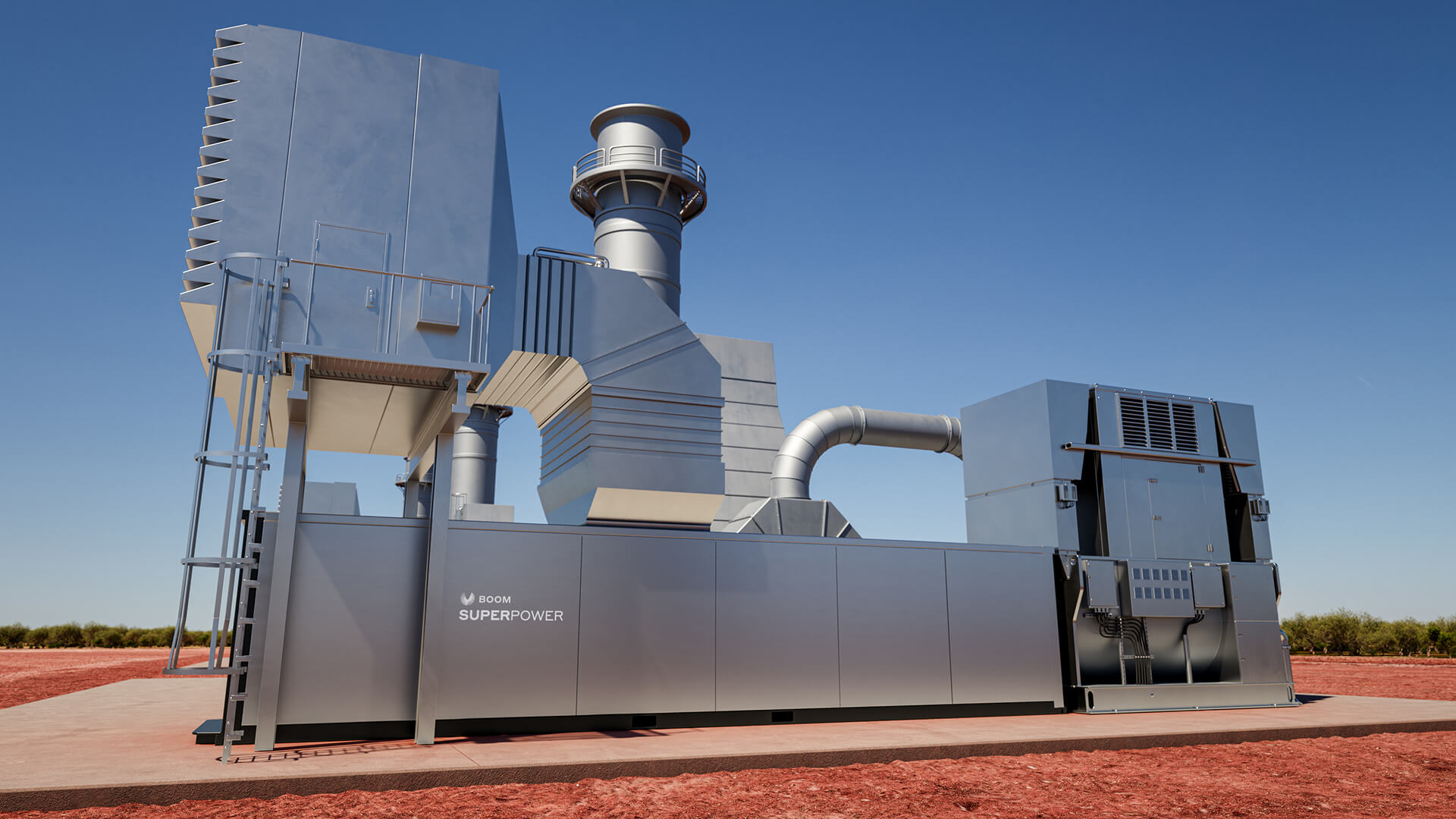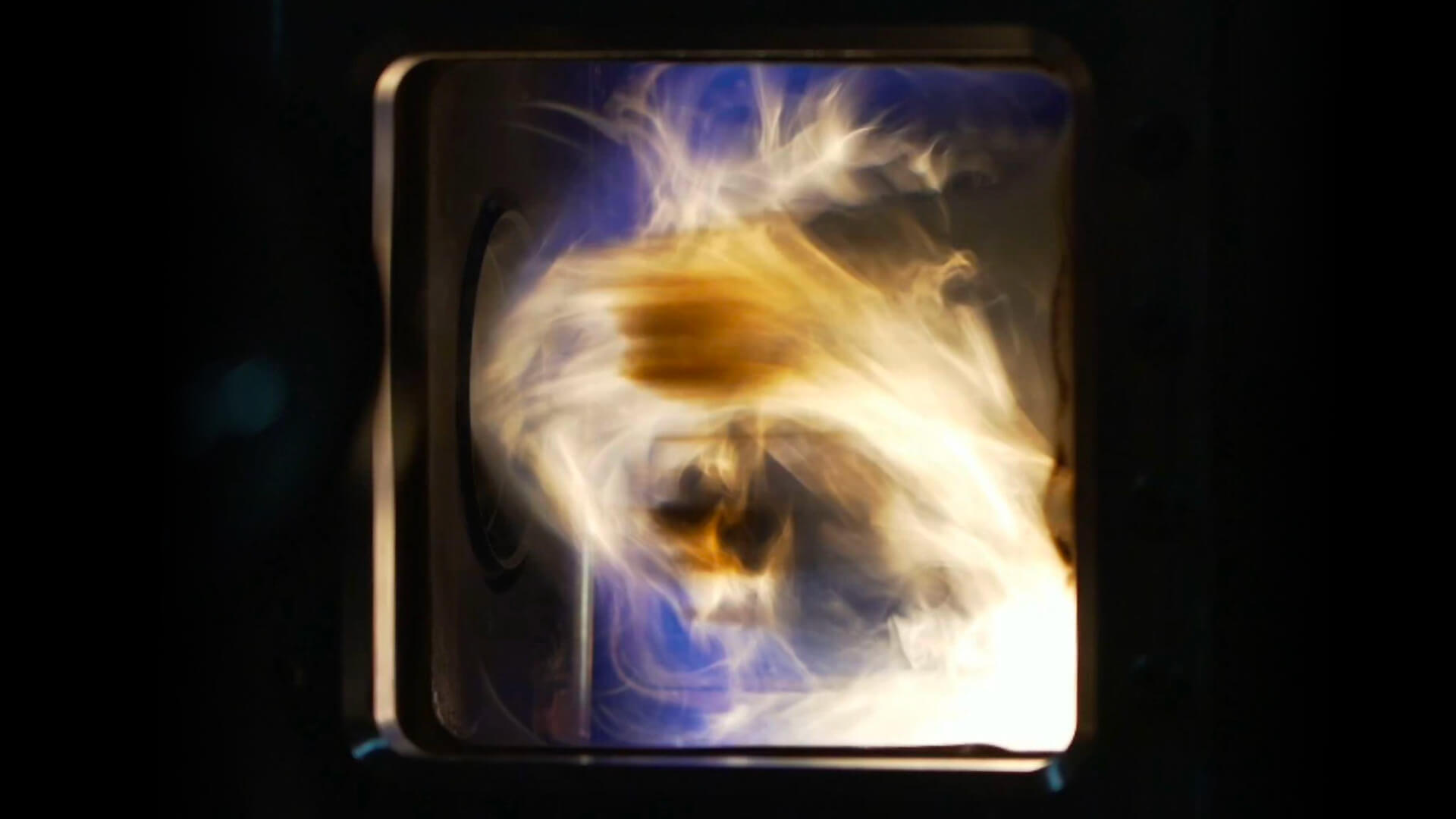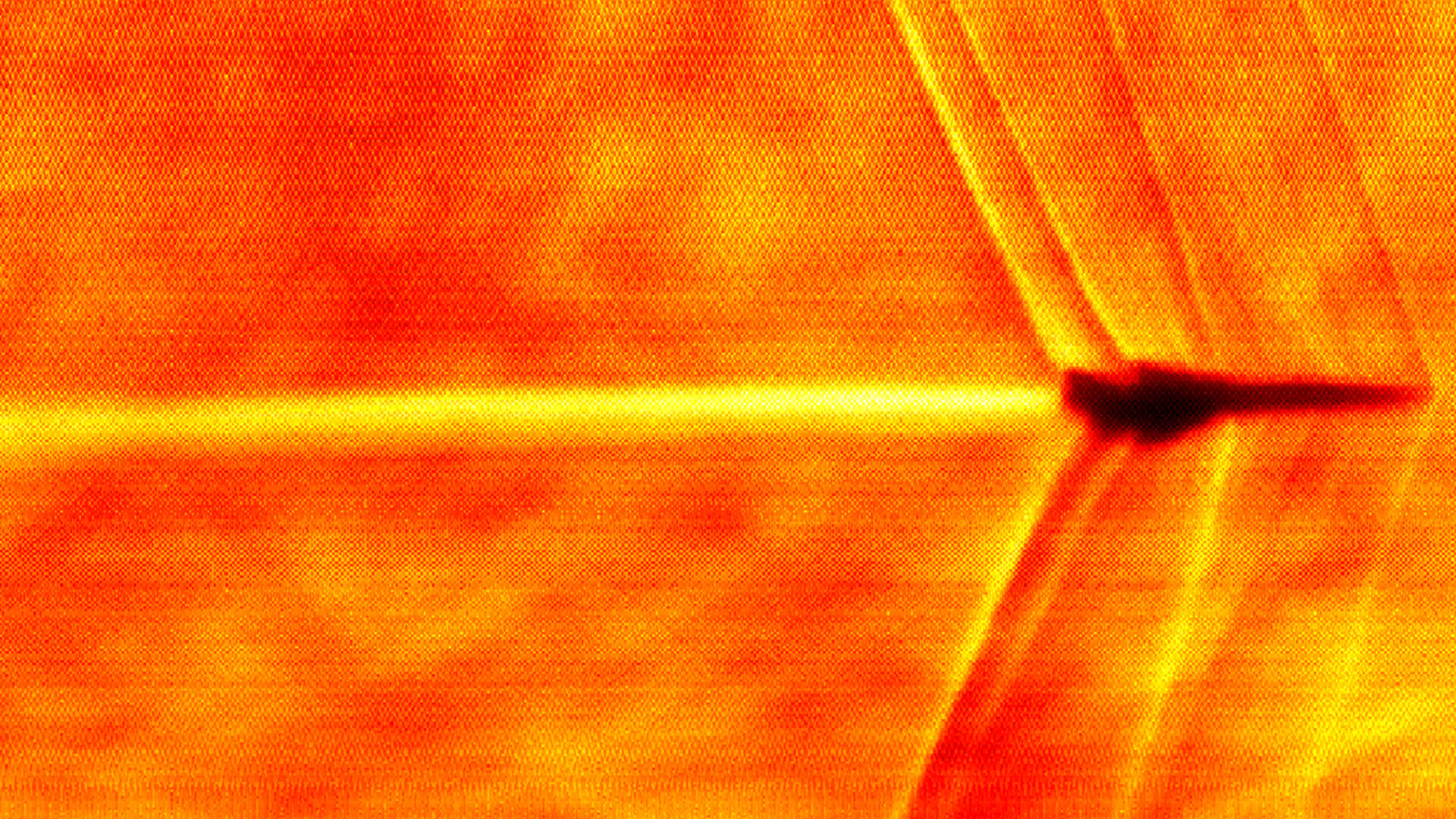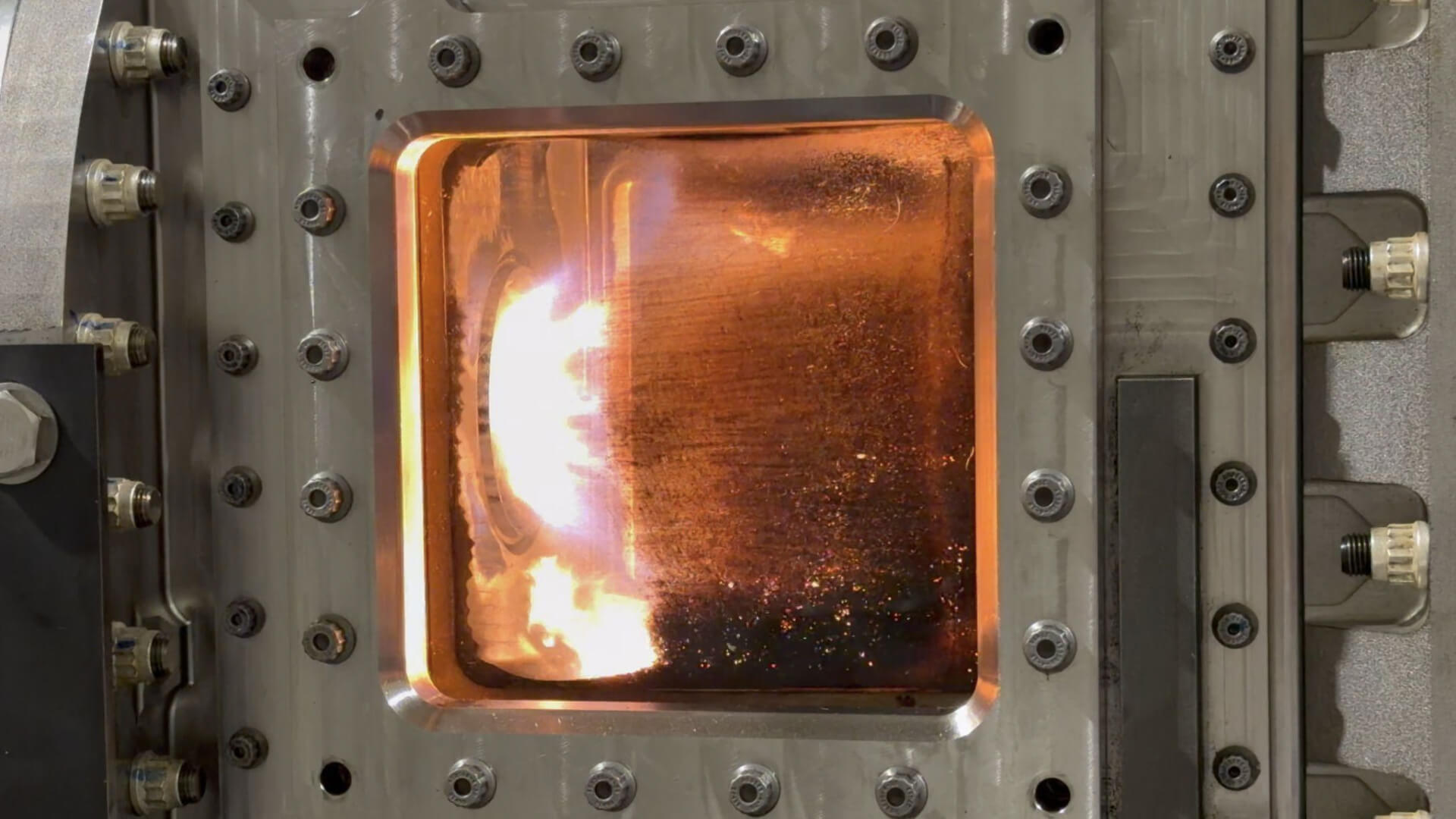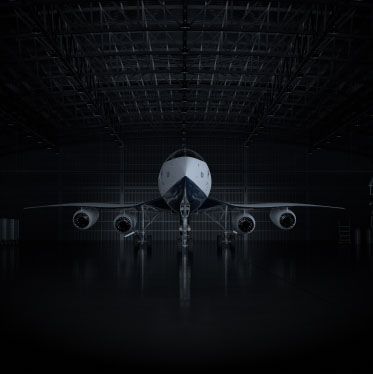Air density is invisible to the naked eye. Unlike water, we can’t see ripples and waves of movement as an object pushes through air. But with schlieren photography, a technique that has been around for 150 years, Boom and NASA achieved something remarkable during XB-1’s thirteenth flight: capturing an image of XB-1 pushing through the air at supersonic speed.
During the XB-1 flight test program, the two teams had a once-in-a-lifetime opportunity to capture a rare visual of the changing air density around a supersonic aircraft.
Photographers chase this kind of image for a lifetime, and the Boom and NASA teams nailed it.
But there’s much more to schlieren aircraft photography than a powerful camera lens and fast aircraft. It requires a high degree of computational mathematics and near-perfect accuracy in your flight plan, not to mention near-perfect flying.
To get the shot, Boom and NASA determined precisely where and when XB-1 had to reach supersonic speed, considering the earth’s constant rotation. With schlieren photography, the sun’s path (its arc across the sky) is part of the equation. The earth’s changing position adds another layer of complexity to the already challenging task.
Before we continue, here’s a little background about schlieren photography. It’s a technique for visualizing changes in air density. First developed by German physicist August Toepler, it’s now used in aeronautical engineering to show how light bends around pressure differences, revealing the physics of flight. For XB-1’s supersonic schlieren photo, NASA used ground telescopes with special filters that detect air distortions to capture the image. This isn’t typical photography.
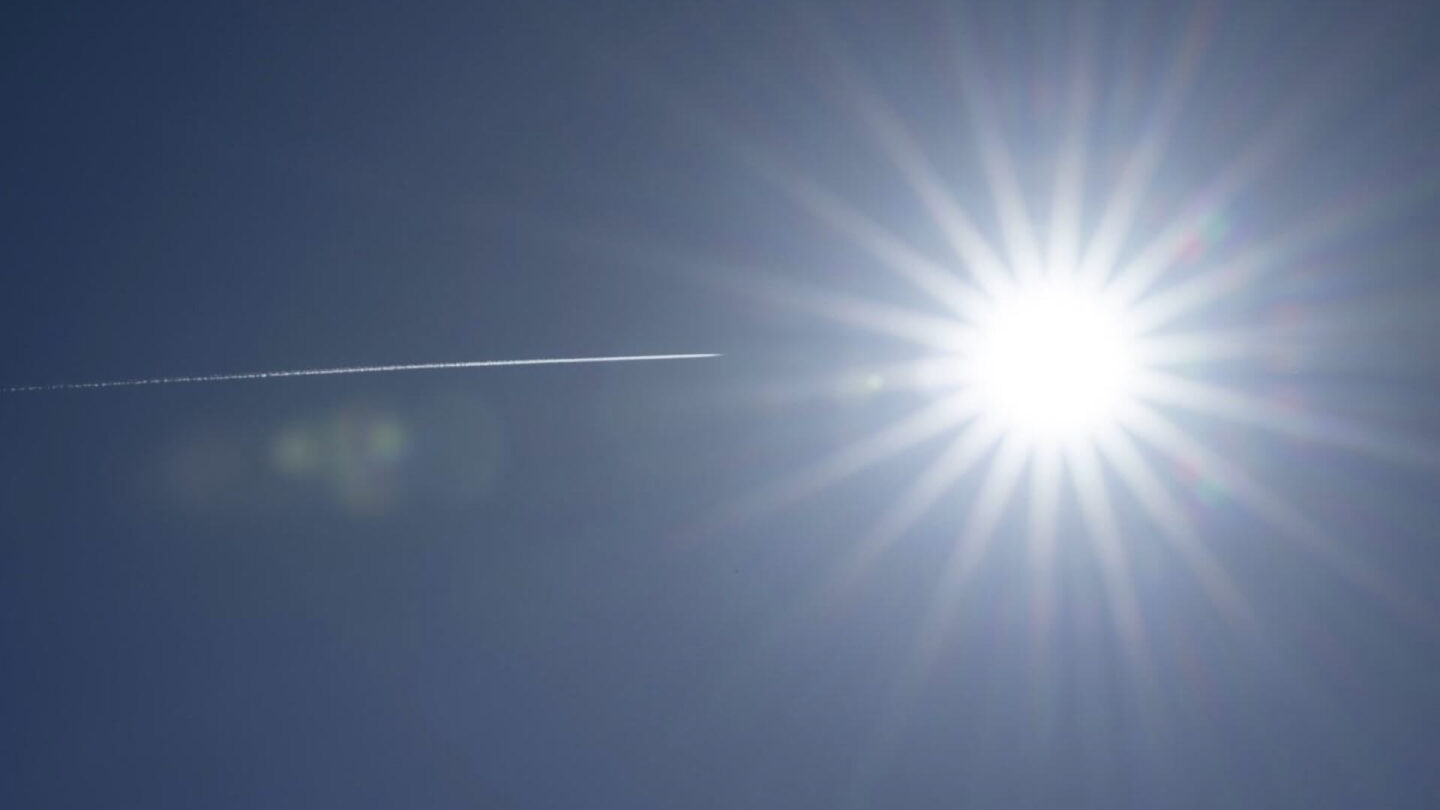
Capturing the shot of a lifetime
Pilots, scientists, and engineers have long been fascinated by schlieren images. So, it’s no surprise that towards the end of the XB-1 flight program, members of the Boom team got together with NASA scientists based at Edwards Air Force Base and started discussing the possibilities. With XB-1’s final flight scheduled in early February 2025, the teams, united in their passion for aerospace, had a deadline of about two weeks to make it happen.
For the Boom team, this meant meticulous planning to determine the exact time and position in the sky for Chief Test Pilot Tristan “Geppetto” Brandenburg to position XB-1 at speeds exceeding Mach 1.1. The precision demanded calculations that might make even math wizards shake their heads. Undaunted, the NASA team delivered the exact waypoints needed, the Boom team developed flight plans, and Geppetto got to work practicing the route’s timing in the XB-1 simulator.
Lessons from the XB-1 simulator pay dividends in the sky
After practicing in the simulator, Geppetto identified additions to XB-1’s avionics software that could improve the likelihood of capturing a perfect shot. Because this was XB-1’s final flight, he knew that the teams had to go for it. He sought solutions from Jason Reicheneker, XB-1 Software Lead.
Reicheneker and the avionics group took the ball and ran with it. They built a customized software system to ensure that Geppetto had the data, indicators, fuel state, and timers to perfectly position XB-1 against the backdrop of the sun, all while flying at speeds between Mach 1.1 and 1.2, and counting down the seconds for NASA’s team on the ground.
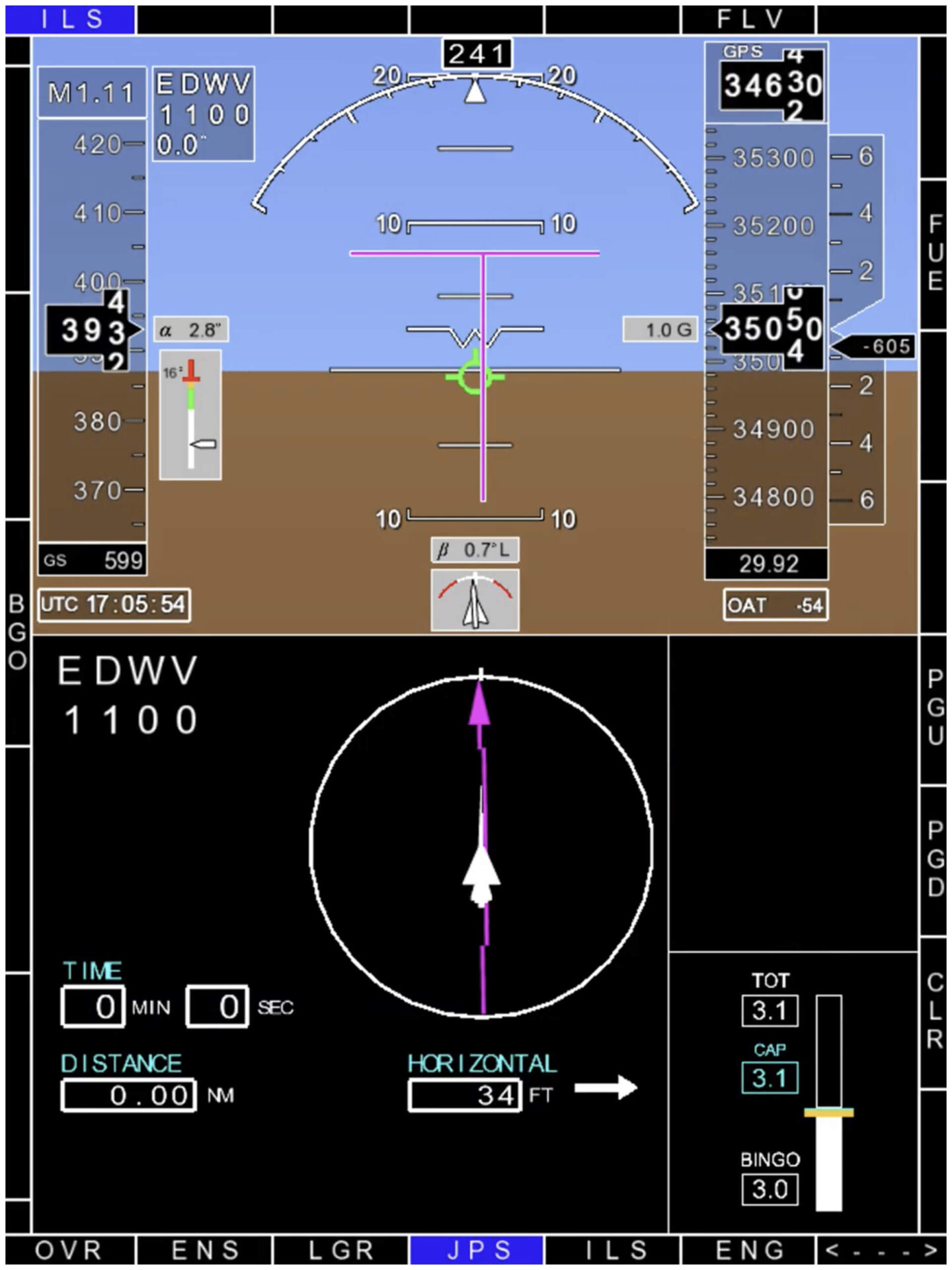
That system? It’s now called JPS, or the “Jason Positioning System,” in the Boom hangar. It’s a new page on XB-1’s cockpit screen (aka Multi-Function Display, or MFD). The main indication is inspired by a Course Deviation Indicator (CDI), which has a rotating “needle” to help Geppetto follow a “path” in the sky. The page also had a countdown timer that enabled Geppetto to give a precise countdown to NASA’s ground team over the radio.
JPS played a crucial role in the project’s success, demonstrating the team’s ability to iterate quickly and develop cost-effective solutions in-house.
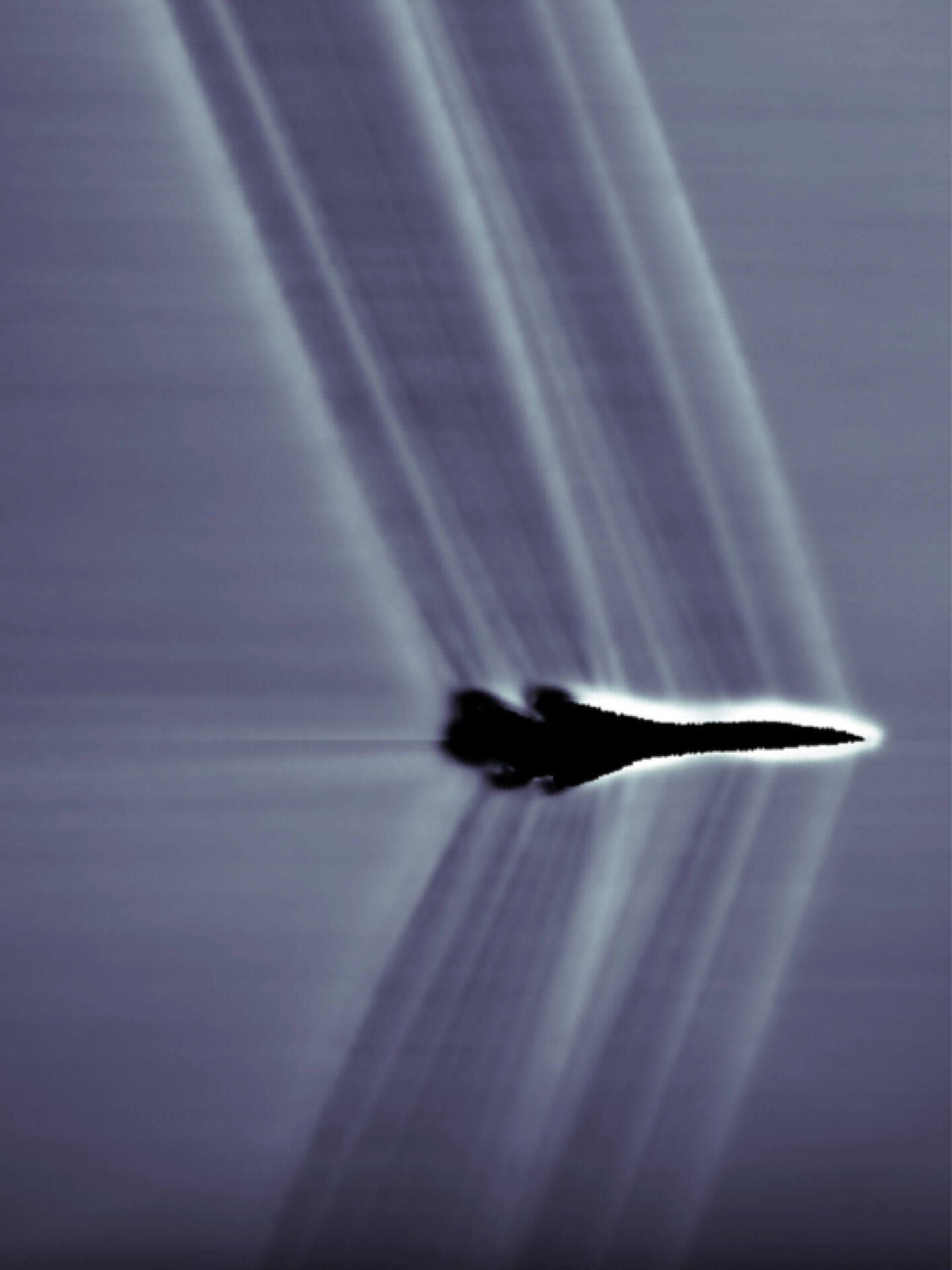
Making it happen during XB-1’s thirteenth and final flight
On the morning of February 10, 2025, NASA’s team was on the ground in the Mojave Desert, waiting for Geppetto to start the countdown. Geppetto’s flight plan included three supersonic runs. The MFD was programmed with the GPS latitude, longitude, and altitude for each run. He used a button on the MFD to select the entry for the time closest to when he would hit the point in the sky.
Each data set was spaced 10 minutes apart (10:50 a.m., 11:00 a.m., etc.). If the team anticipated the photo would be captured between the data sets (for example, 10:55 a.m.), Geppetto and the control room calculated a new altitude on the fly. Geppetto adjusted his countdown because the sun would not be in the same spot at 10:55 a.m. as it would be at 10:50 a.m.
The weather was perfect, and the conditions ideal. Shortly before 11:00 a.m., Geppetto fired up the engines (and the JPS) and took off from the Mojave Air & Space Port.
The teams didn’t have to wait until they knew they got the shot. Shortly after XB-1’s first supersonic run, NASA confirmed they captured the image with Geppetto over the radio.
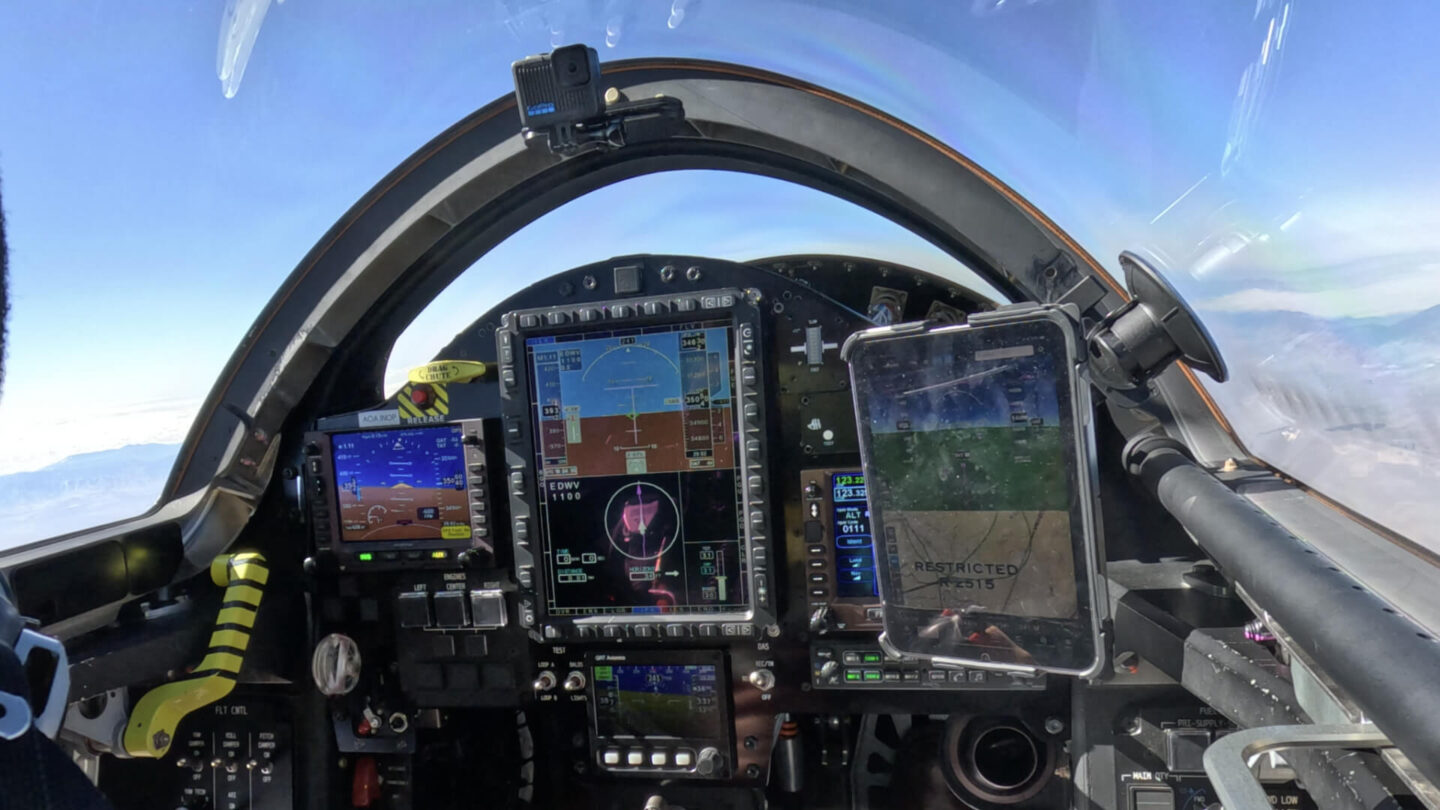
Schlieren photo credit: NASA/Boom Supersonic

